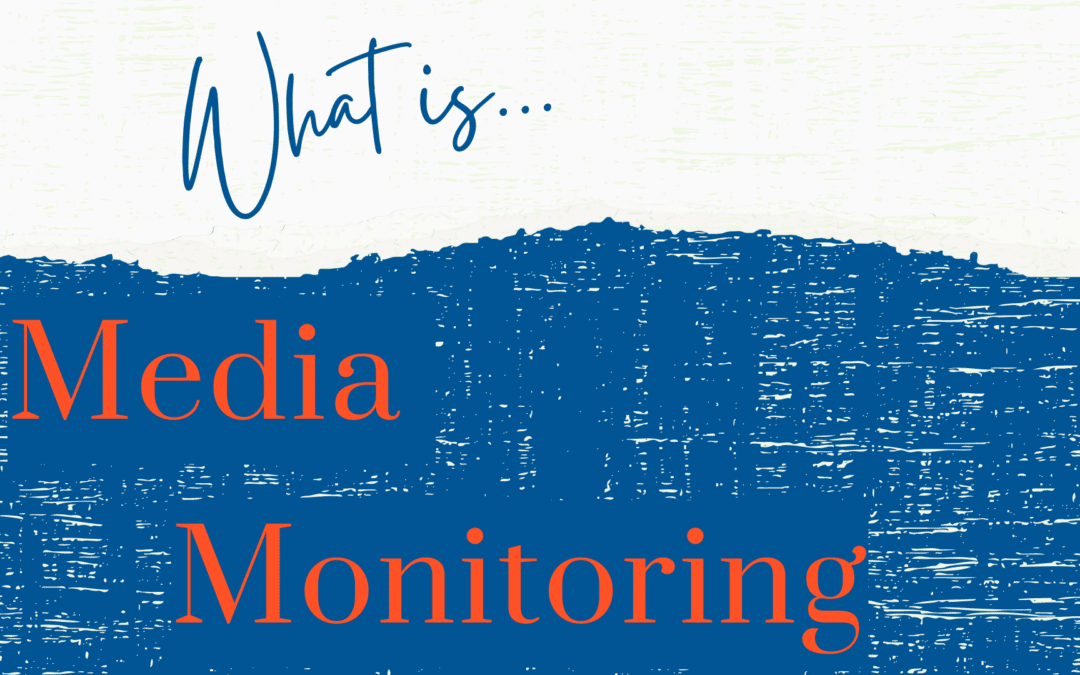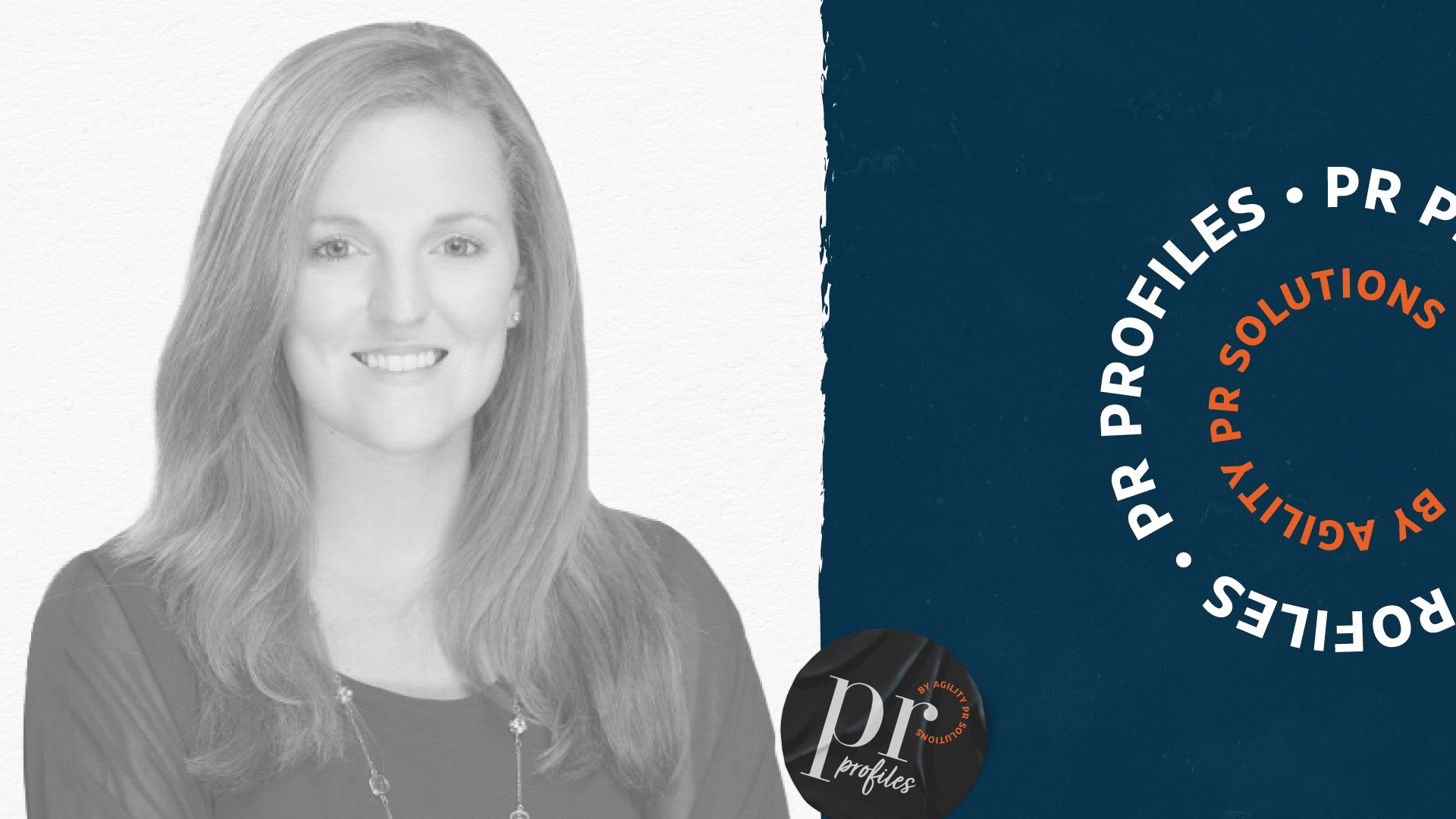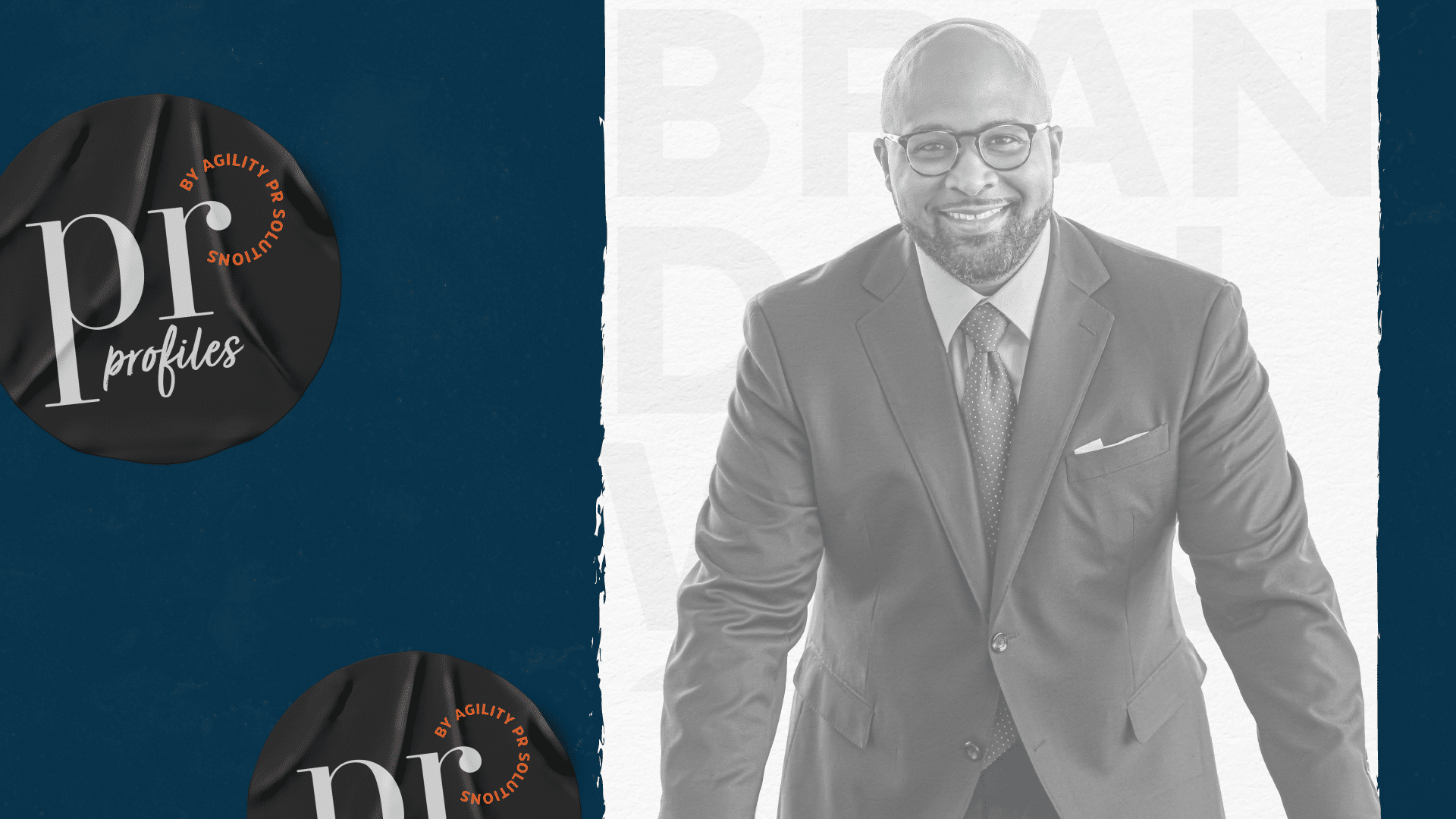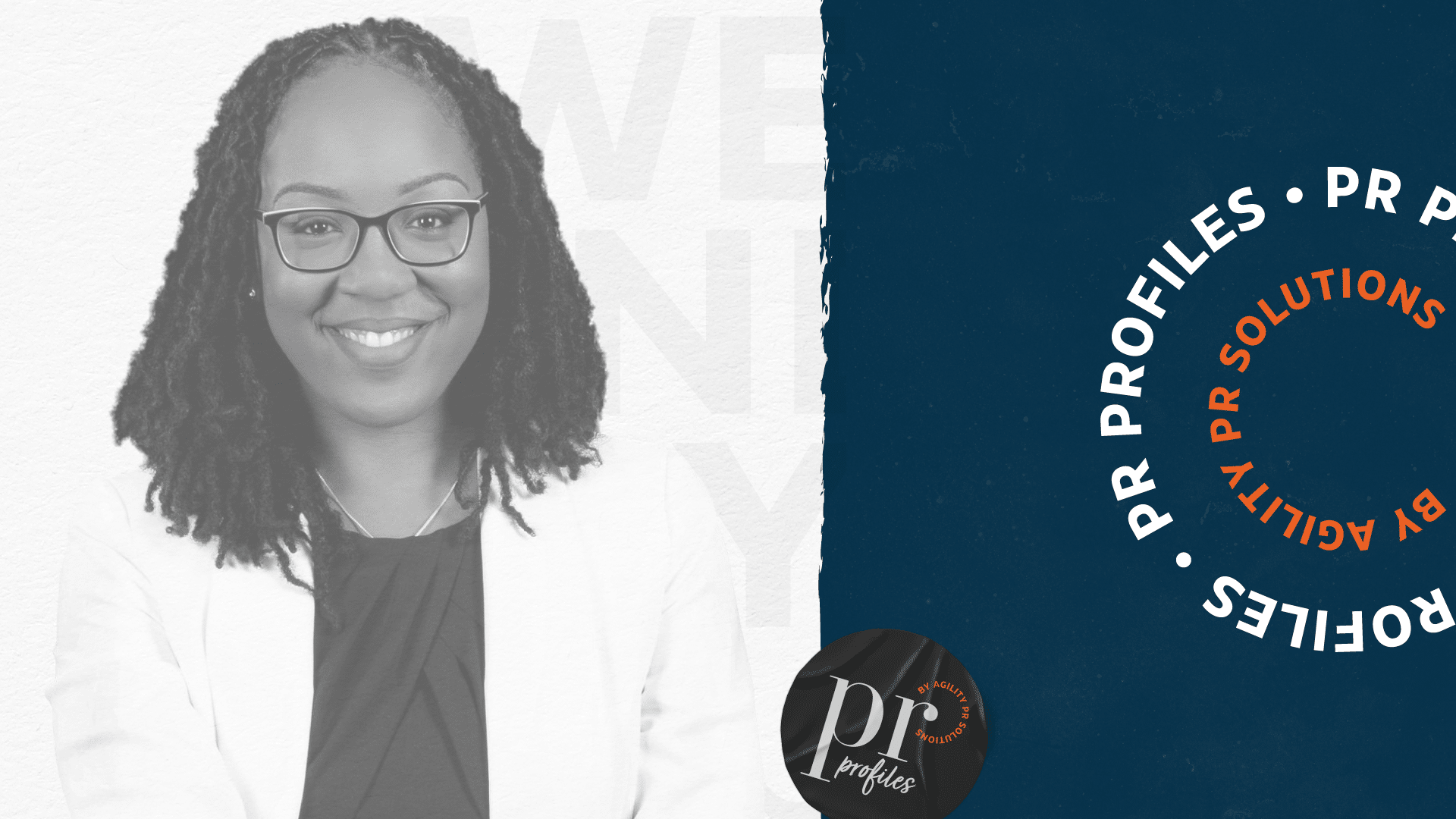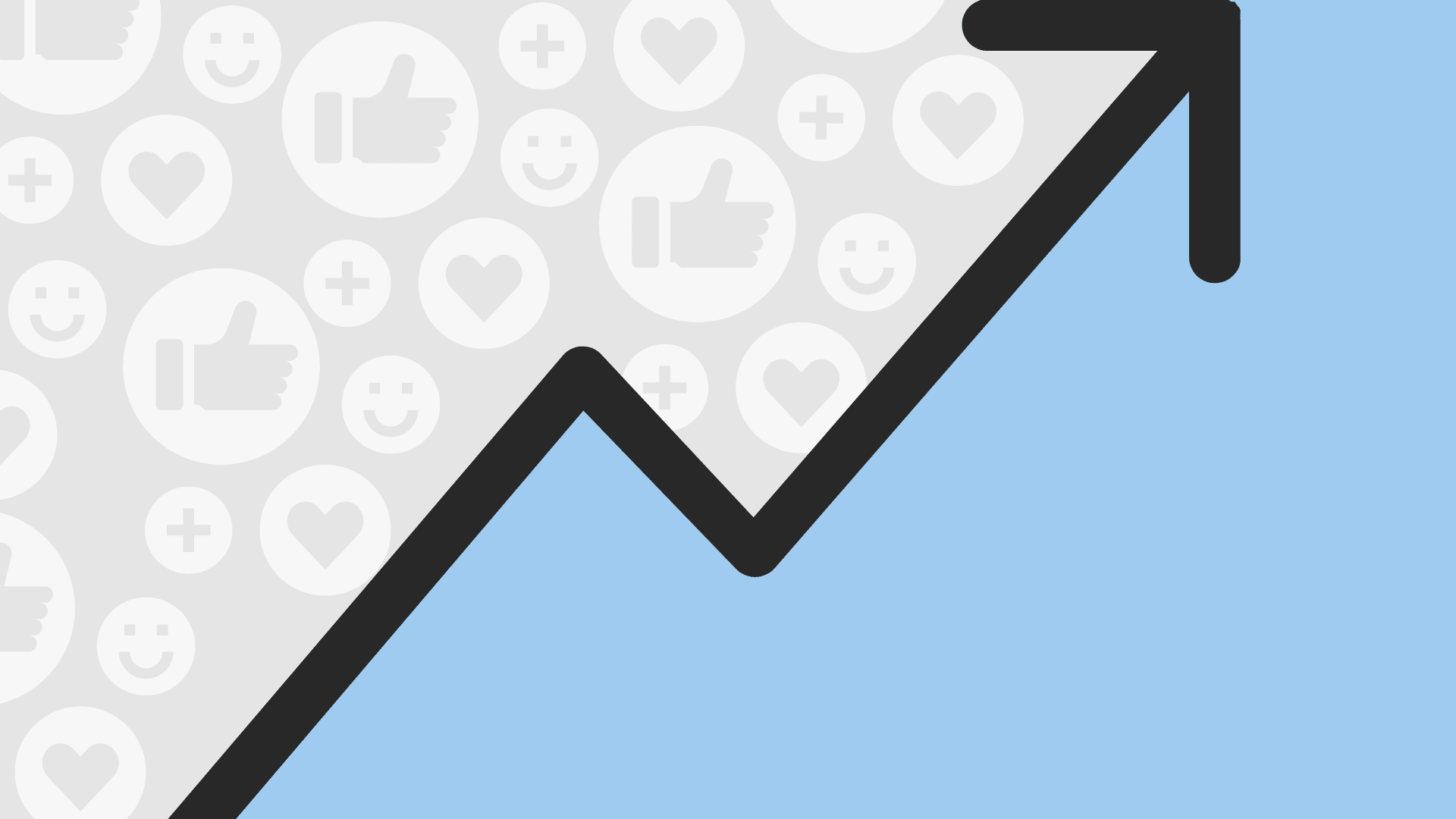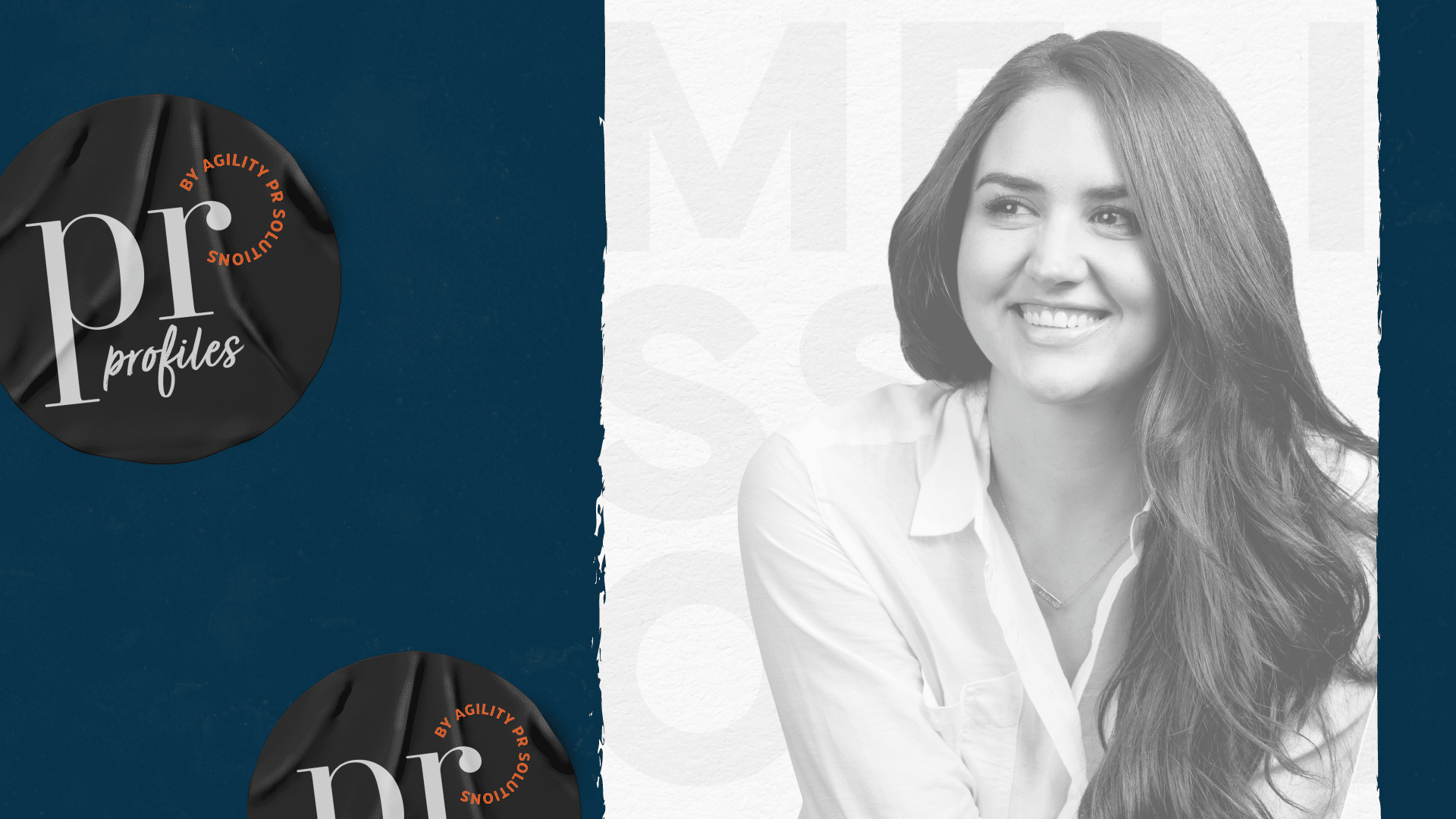PR pros of 2023 and beyond, need tools that will allow them to effectively evaluate the impact of their strategies, tailor their approach, and continuously improve their results. Media monitoring is such a tool.
Intuitive media monitoring solutions allow you to quickly and easily navigate the world of media content, gain the insights necessary to inform your campaigns, and prove the value of your PR efforts.
What is media monitoring
Media monitoring is listening to who’s saying what about your brand, your competitors, your industry, and any other topic that’s important to you and your operations. In today’s world, media monitoring must include more than just print, extending to online, broadcast, podcasts, and social media.
Who should use media monitoring
Let’s put it this way… if you work for an organization that has interactions with the public (perhaps as customers, investors, donors, employees, constituents, volunteers, neighbors, anything really) and you care about reputation and public perception, then you need media monitoring.
Likewise, if you’re forward thinking, and want to spot the opportunities and risks that could change everything for your organization, then tracking what’s being said about your industry, your competitors, and the issues your organization cares about is a must—and a media monitoring service can help.
So, whether you are a startup, large business, association, government body, PR agency, or anything in between, you can use media monitoring.
What media monitoring does best
Media monitoring allows you to listen far and wide. By using media monitoring, you ensure that all vital content sources—including online, print, broadcast, social, and podcasts—are tracked, and that you are consistently and constantly staying up to date on the coverage that concerns you.
Where to look and listen
With the avalanche of information happening every second, gathering all your organization’s coverage can seem impossible. Don’t worry, we have some good news. If there’s a relevant mention out there, the best media monitoring solutions will find it for you. Here’s where they look:
Online
To contribute to the conversation, and get your message out there, you need to be watching everything from the biggest online news outlets to the smallest blogs.
Newspapers and magazines still make up a good portion of press coverage, and, depending on your target audience, print might just be where you want your message to appear.
Broadcast
Despite the downturn in cable subscriptions, television still holds substantial sway over public perception. Abd don’t underestimate the power of radio—according to Nielsen, the radio reaches 93% of the U.S. population (over the age of 18) every month.
Podcasts
Fifteen years ago, only 22% of the U.S. population knew what a podcast was—now 75% does! There are over 2 million different podcasts and more than 48 million episodes on topics ranging from true crime to public relations to pop culture.
Social media
Social content continues to explode. Take for instance the fact that YouTube is now the second most-used search engine or that TikTok had 1 billion active monthly users in 2021.
Social Listening
Social media is one of the best channels for brands to connect with their audience and social listening will help you take advantage of these connections by finding and tracking conversations that matter.
Social listening should be seen as a supplement to traditional media monitoring, not a replacement—and vice versa. When you’re trying to get a feel for what people are talking about across the web, you want to know what people are saying about you specifically.
Social listening is an important part of any PR strategy because it’s a way to gauge the overall sentiment of your brand, product, or service. It also helps you see what people are saying about your competitors so that you can stay on top of trends in your industry.
Where to start monitoring
Remember that information avalanche you simultaneously want to avoid and be part of? There is a way to navigate it all and only listen to the things that matter. A good media monitoring tool will help you do that.
The way most media monitoring tools work is with keywords. You (or the media monitoring company, or a combination of the two of you) compile a list of keywords that you think worthy of watching.
This can quickly get out of hand, especially if the tool you’re using allows for unlimited keyword monitoring. So, remember you do not need to monitor everything—but you should absolutely monitor these four things:
1.Yourself
At its most basic, monitoring yourself lets you know—and prove—that you’re getting earned media coverage in the first place. It also lets you know who’s talking about you and what they’re saying.
Monitoring yourself also opens the door to the wonderful and necessary world of benchmarking.
Benchmarking
Your baseline numbers are inextricably linked to your larger organizational goals.
When you start to listen, you’re able to track the coverage you’re getting. As the months and quarters and years roll by, you’re then able to compare your current levels to past performance. This is how you know if you’re improving, if you’re furthering your brand’s goals, and if you’re evolving as a communications professional.
Benchmarking can be applied to many different aspects of monitoring:
- Overall coverage over time
- Share of voice
- Spokespeople quotes
- Key messages conveyed
- Instance of favorable vs. unfavorable mentions
- And many, many more!
2. Your competition
Monitoring yourself and your competition will help you ascertain your share of voice—the portion of media attention starring you.
If you are a newcomer, you know that even the smallest fish in the pond has competitors. The best way to grow big like them is to stay on top of their movements and take advantage where you can.
3. Your industry
Your industry is where you live. If you’re too small to garner much coverage or haven’t implemented an earned media campaign or PR strategy yet, that’s okay. If your only other competitor is just as small, good for you. But there is no reason not to do everything in your power to learn about and stay on top of your industry.
4. Your suppliers and vendors
No organization is immune from risk. And the more partners you have, the more exposed you are. Before you enter a partnership with a new supplier or vendor, use your media monitoring tool to investigate their past coverage.
This is about protecting your brand value. You’ve worked exceptionally hard to build and maintain your good reputation. Don’t risk tarnishing it by neglecting to vet a partner before doing business with them. The same goes for current partners. By monitoring their coverage, you put yourself in a position to get out in front of any news that could potentially damage your own brand.
Choosing a media monitoring provider
Naturally, there are a lot of factors to consider. A good way to start is by considering your monitoring budget and needs. You’ll have to choose among:
Free or cheap media monitoring options
If you’re on a shoestring budget but are still intent on getting started with monitoring, we salute your initiative! Consider setting up some Google Alerts to monitor coverage in online news and blogs, but be warned that the results you see will be bare-bones and you might even miss some mentions.
Paid media monitoring tools
Having a bit of a budget to work with opens a lot of options for you. When we say “media monitoring tools” here, we’re pretty much referring to cloud-based software tools that you can use to run your own media monitoring program. Premium, “done-for-you” options are covered in the next section.
A media monitoring tool is one that you set up (usually with the help of the provider) and maintain yourself. It includes a dashboard, the option for you to receive automated briefs and alerts, and integrated reporting capabilities that make it easy to share the results of your media monitoring efforts among stakeholders.
Agility Monitoring has all the features mentioned here, and more.
Premium media monitoring services
When your needs are a little more extensive, it helps to have a personalized, fully managed service at your disposal—a provider who can be a partner rather than just a vendor.
If you’re working for a large organization that generates a lot of media coverage, or has complex monitoring needs, a managed media monitoring service will be the best fit.
Media intelligence services
Media intelligence services are a mix of powerful monitoring tools and human-augmented, fully managed services. At Agility, our media analysts set up and fine-tune keyword searches, curate executive-ready daily briefs, add context and sentiment insights in a way that only a human can, and make sure you’re delighted with every report and media brief delivered.
The difference between this and an automated tool is the level of analysis you get out of your monitoring. Whereas an automated tool will provide you with the quantity of your coverage, a managed service also lets you know the quality—accurate and relevant. And when you know quality, you can much more easily measure your PR efforts and connect them to your organization’s business goals.

